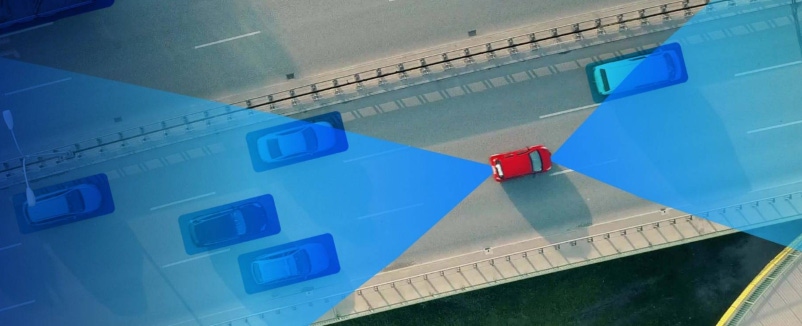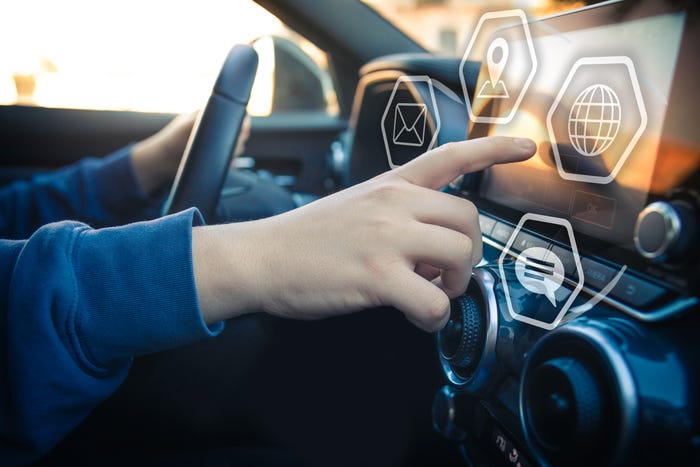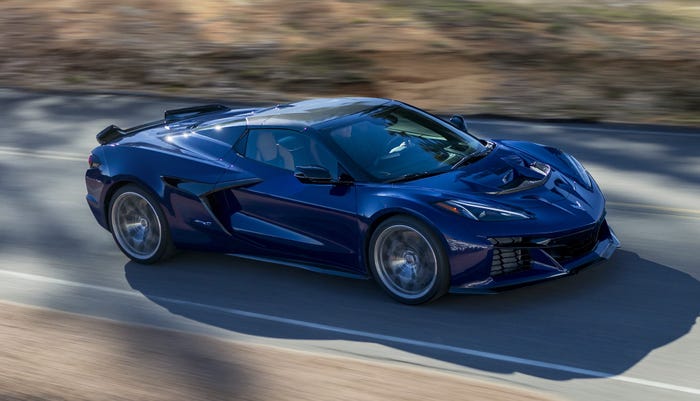Data Accelerating Autonomous Driving Development
To develop and roll out advanced ADAS and autonomy features via the development of new AI algorithms, automakers need to collect massive amounts of data in as many real-life scenarios as possible.

Drivers are enjoying the advanced driver-assistance systems (ADAS) features that have been rolled out in the past few years. Some of those features include adaptive cruise control, blindspot detection, lane-keep assist, automatic emergency braking and much more.
These new features are designed to enhance safety on the road with the goal of eventually creating an autonomous world where technology-based sensors and AI perform better than human “sensors”. When that happens, it is predicted that consumers will trust and rely on vehicles to do their driving and road fatalities will be virtually eliminated.
Many sensors are integrated into vehicles that enable both ADAS and autonomous capabilities, including cameras, radars and lidars. Recent advancements have brought ultra-high resolution radar technology that enables unique functionality such as free-space mapping (mapping the environment around the vehicle so it knows where to drive), elimination of false alarms (when the vehicle falsely detects objects, often a cause of phantom braking), and detection of an object’s trajectory and orientation to predict its path and speed so the vehicle can operate better than a human driver.
What makes this “perception radar�” powerful and infuses it with more capabilities is data? Your driving data, to be specific.
Data Propels New Vehicle Functionality
It takes a lot of time to develop perception algorithms that leverage sensor data and provide drivers with new safety and autonomy features. To ensure the smooth rollout of new features, automakers eventually will equip vehicles with sensor hardware to collect data, even before they develop the algorithms that will enable the advanced features. It may seem clunky and unnecessary, but in reality, it’s a way to “future-proof” a vehicle. By doing such, automakers will install hardware that can constantly be updated as developers create new algorithms and continuously add functionality to the vehicle via software updates. Essentially, a software update can transform a vehicle with new features as long as it has the hardware to support it.
The Data/Development Cycle
This process becomes an iterative cycle. To develop and roll out advanced features via the creation of new AI algorithms, automakers need to collect massive amounts of data in as many real-life scenarios as possible. That’s where real-life driving data becomes critical. Integrating perception radar early on allows access to a volume of quality data and enables the development and rollout of these features to existing and new customers.
The cycle of data collection, feature development and software rollout enables perception to continually evolve and add value throughout the vehicle lifecycle. This means a person’s vehicle will constantly change and improve with time.

Kobi_Marenko_CEO_Arbe_8.jpg
Real-time Data Accelerates Autonomous Vehicle DevelopmentData collection is not just about rolling out ADAS and autonomy features. As automakers accumulate real-life data, they are gaining experience that will propel the entire autonomous vehicle industry and perfect algorithms for Level 4 technology. By implementing this cycle, drivers can look forward to becoming the passengers of vehicles that drive better than them and have learned to do so from their very own driving data.
Kobi Marenko (pictured, above left) is CEO of Arbe, a provider of next-generation 4D imaging radar chipset solutions.
About the Author(s)
You May Also Like
_(2).jpg?width=700&auto=webp&quality=80&disable=upscale)


